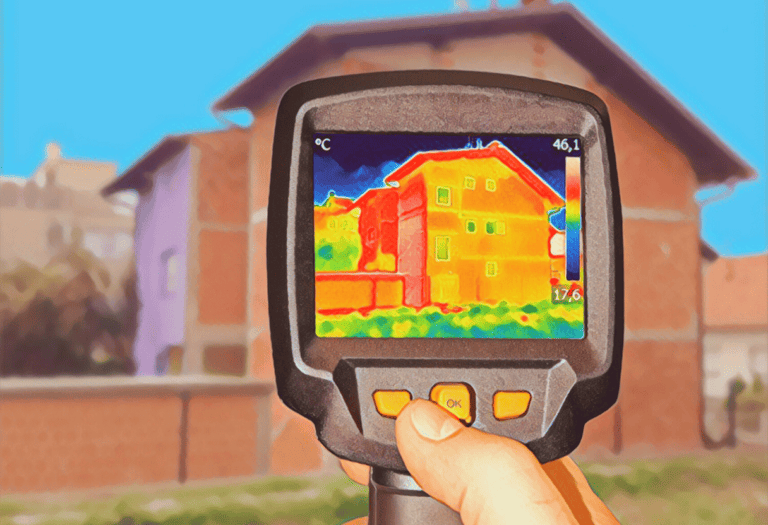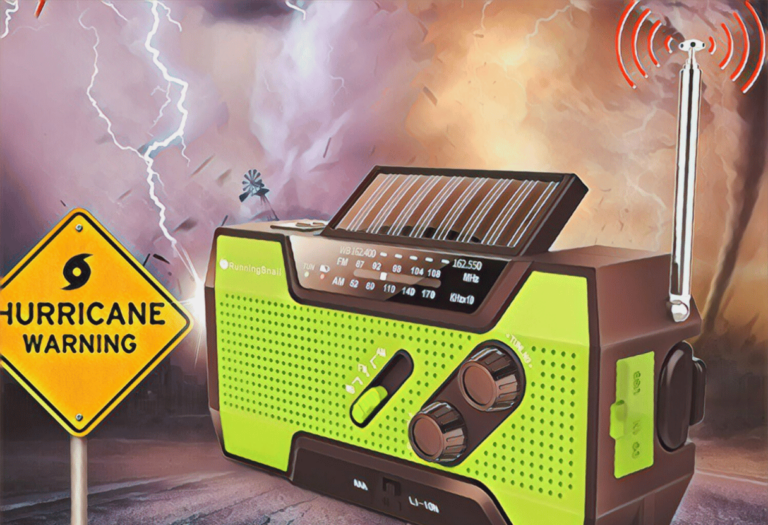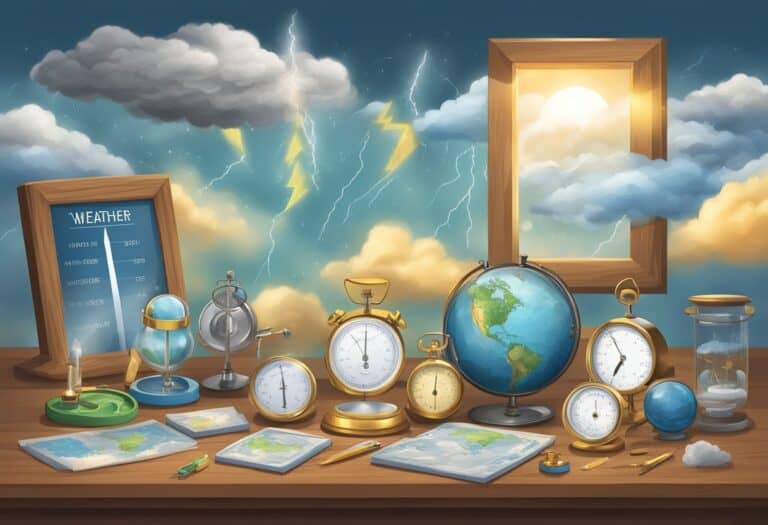Understanding the distinction between a hurricane watch and a hurricane warning is critical for your safety during the hurricane season.
A hurricane watch is issued when there is a threat of hurricane conditions within 48 hours. It’s your cue to start preparing: checking supplies, reviewing your evacuation plan, and staying informed for updates. On the other hand, a hurricane warning signals that hurricane conditions are expected within 36 hours. This is the time to act: finalize preparations, secure your home, and if advised by local authorities, evacuate the area.
The National Hurricane Center (NHC) and local meteorological services play a vital role in monitoring storm systems and disseminating timely watches and warnings. By paying attention to these alerts, you can understand the likely impact of an approaching hurricane and take the necessary steps to protect your life and property. Compounding the problem, the onset of severe conditions may occur sooner than the issuance times suggest, underscoring the importance of quick response to warnings.
Staying informed through reliable weather services and being proactive in your preparations can greatly reduce the risks associated with hurricanes.
Hurricane names enhance public safety communication, with studies suggesting the gender of a name may influence perceived severity. The naming process requires careful selection to avoid cultural biases.
Understanding the Basics
When dealing with hurricanes, it’s crucial you understand the differences between a hurricane watch and a hurricane warning to make informed decisions for your safety.
Differences Between Hurricane Watch and Warning
- Hurricane Watch: This alert means that hurricane conditions (sustained winds of 74 miles per hour or higher) are possible within the specified area. A hurricane watch is typically issued 48 hours in advance of the anticipated onset of tropical-storm-force winds in an area.
- Hurricane Warning: A hurricane warning indicates that hurricane conditions are expected within the specified area. Warnings are issued when hurricane conditions are expected within 36 hours.
Meaning of Warnings and Watches
Understanding these alerts helps you comprehend the level of risk and urgency:
- Watches: Provide early notes for potential danger. During a hurricane watch, you should review your evacuation route, pack emergency supplies, and stay informed about the storm’s progress.
- Warnings: Indicate imminent threats to your safety and property. When a hurricane warning is issued, it’s time to enact your hurricane plan immediately, as tropical cyclone conditions are on their way.
Preparation and Safety Measures
When it comes to hurricanes, the distinction between watch and warning is critical for your preparation strategy. Understanding these terms helps ensure the right actions are taken to safeguard life and property.
Preparation for Hurricane Watch
During a hurricane watch, forecasters believe hurricane conditions are possible. Begin by reviewing your emergency kit, which should include essentials like water, non-perishable food, flashlights, batteries, and a first-aid kit. Inspect your home for any potential weak points and make repairs as necessary. Secure outdoor objects that could become projectiles, and consider installing storm shutters. Stay informed by monitoring local news and weather updates.
Actions During Hurricane Warning
A hurricane warning means that hurricane conditions are expected. Once issued, you need to finish storm preparation activities immediately. It’s imperative to secure your property by boarding up windows if shutters are not installed and bracing garage doors. Charge electronic devices, fill up your car with gas, and confirm the location of your nearest shelter in case of an emergency evacuation. Always follow instructions from local officials, as they prioritize your life and safety above all.
Evacuation and Safety Strategies
In the event of an evacuation, follow the routes specified by local authorities and leave as soon as instructed to avoid being caught in severe weather or traffic congestion. If you seek shelter, ensure you bring your emergency kit along with important documents. If you decide to stay, identify a safe room in your home without windows, typically on the first floor, in case of extreme winds or flooding. Throughout the event, stay indoors away from windows, doors, and outside walls. Remain vigilant and ready to move to higher ground should flooding occur.
Weather Services and Alerts

When you hear about an impending hurricane, the National Weather Service (NWS) and the National Oceanic and Atmospheric Administration (NOAA) are your go-to sources for timely updates and advisories. Maintaining awareness can be crucial for making informed decisions.
Role of National Weather Service and NOAA
National Weather Service (NWS): Responsible for monitoring hazardous weather, the NWS issues watches and warnings to help you stay prepared. When a hurricane watch is announced, it means conditions are possible in your area. In contrast, a hurricane warning indicates that hurricane conditions are expected and action should be taken immediately.
NOAA’s National Hurricane Center (NHC): Working in tandem with the NWS, the NHC focuses specifically on tropical cyclone tracking and predictions. They provide regular updates on storm development and movements. Their advisories can be critical when you’re planning for your safety, including the preparation of emergency supplies.
Receiving and Understanding Alerts
Receiving Alerts: Stay informed by tuning into local officials and weather stations that relay NWS and NOAA updates. You can also subscribe to various weather alerts on your mobile device or via email, ensuring that you receive timely information wherever you are.
Understanding Alerts: It’s essential to understand the difference between the alerts. Updates are routine advisories on the storm’s progress, while a watch means it’s time to get ready. A warning, however, signifies imminent danger, and you should act immediately to ensure your safety.
Keeping up with these alerts and understanding their implications helps you to prepare and respond effectively during hurricane season, mitigating risks to yourself and your community.
Impact and Aftermath
When a hurricane strikes, you can face significant challenges, particularly from flooding and storm surge. These powerful forces can cause widespread coastal flooding, especially if a major hurricane hits the Atlantic or Caribbean regions. Addressing river flooding and inundation quickly is crucial for your safety and the integrity of your property.
Dealing with Flooding and Storm Surge
Experiencing flooding during a hurricane can be life-threatening due to the rising water. Here’s what you should keep in mind:
- Stay Informed: Regularly check updates for any storm surge warnings.
- Evacuation: Heed evacuation orders promptly, as storm surges can rapidly increase water levels.
Inundation maps are pivotal for understanding the potential flood areas. For example, coastal flooding is more probable if you live in a low-lying area near the shore.
- Safety Measures: If trapped in a flooding scenario, seek the highest level in your residence. Never attempt to traverse through floodwaters.
Recovery and Mitigating Damage
After the sustained winds have calmed and the storm has passed, recovery efforts begin:
- Immediate Assessment: Check your property for damage cautiously; flooding may have weakened structures.
- Documentation: Take photos and lists of the damage for insurance claims.
Floodwaters can persist, especially in cases of river flooding, so patience and continual updates from local authorities are important.
- Mitigation: Install sump pumps and sandbags in anticipation of future flooding; elevate electrical systems to higher floors to avoid damage.
Safety should always be your priority, and it’s essential to collaborate with community recovery efforts to rebuild after the hurricane has passed. Remember, preparation and informed decisions are key to navigating the danger and reducing the impact of hurricanes on your life and property.
Frequently Asked Questions
In this section, you’ll find precise answers to commonly asked questions about hurricane watches and warnings to help you understand their differences and implications.
What are the primary differences between a hurricane watch and a hurricane warning?
A hurricane watch means that hurricane conditions (sustained winds of 74 mph or higher) are possible within the specified area, normally issued 48 hours in advance. Conversely, a hurricane warning indicates that hurricane conditions are expected within the area, typically issued 36 hours in advance, giving you less time to prepare.
Which is more serious: a hurricane watch or a hurricane warning?
A hurricane warning is more serious than a watch. It signifies that hurricane conditions are not just possible—they are actually anticipated within the warning area and that you should complete preparations for the storm.
How does the National Weather Service issue hurricane watches and warnings?
The National Weather Service (NWS) issues hurricane watches and warnings based on data from satellite imagery, radar, and reconnaissance aircraft. These alerts are disseminated through various communication channels including television, radio, and online platforms to reach as many people as possible.
What should you do differently during a hurricane watch versus a hurricane warning?
During a hurricane watch, you should review your hurricane plan, check supplies, and stay informed. When a hurricane warning is issued, it’s time to execute your plan, protect your property, and evacuate if advised by local authorities.
What conditions trigger the upgrade from a hurricane watch to a hurricane warning?
An upgrade from a hurricane watch to a warning occurs when it becomes certain that the area will face hurricane conditions. The factors include more accurate predictions about the storm’s track, intensity, and the expectation that winds exceeding 73 mph will hit the area.
In what ways is a hurricane watch or warning similar to or different from other severe weather watches and warnings?
Hurricane watches and warnings are similar to other severe weather alerts in their purpose—they notify the public of potential or imminent dangerous weather conditions. The main difference lies in their specific focus on hurricanes and the particular actions that are recommended as part of the preparedness and response plans tailored to these powerful storms.







